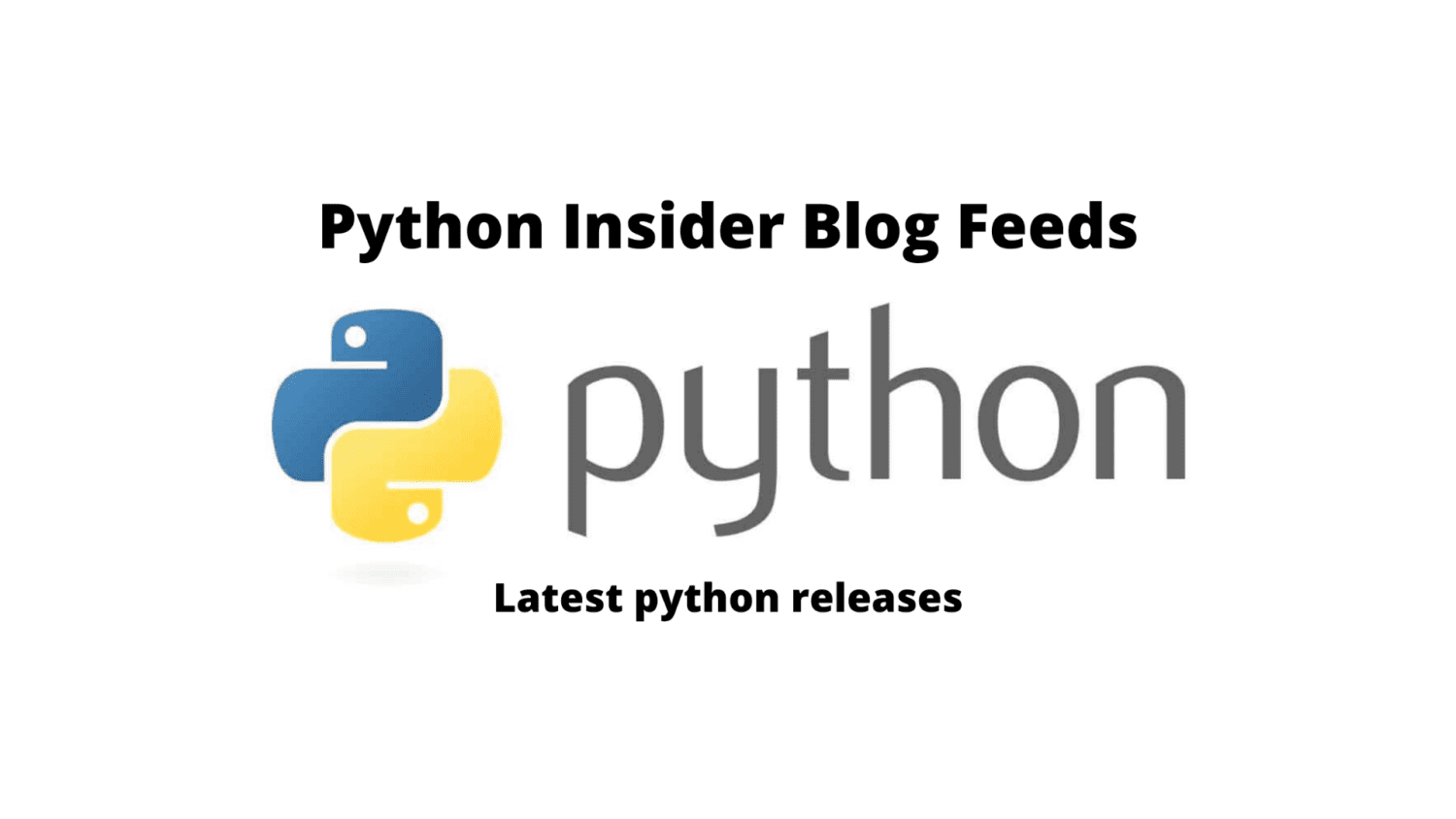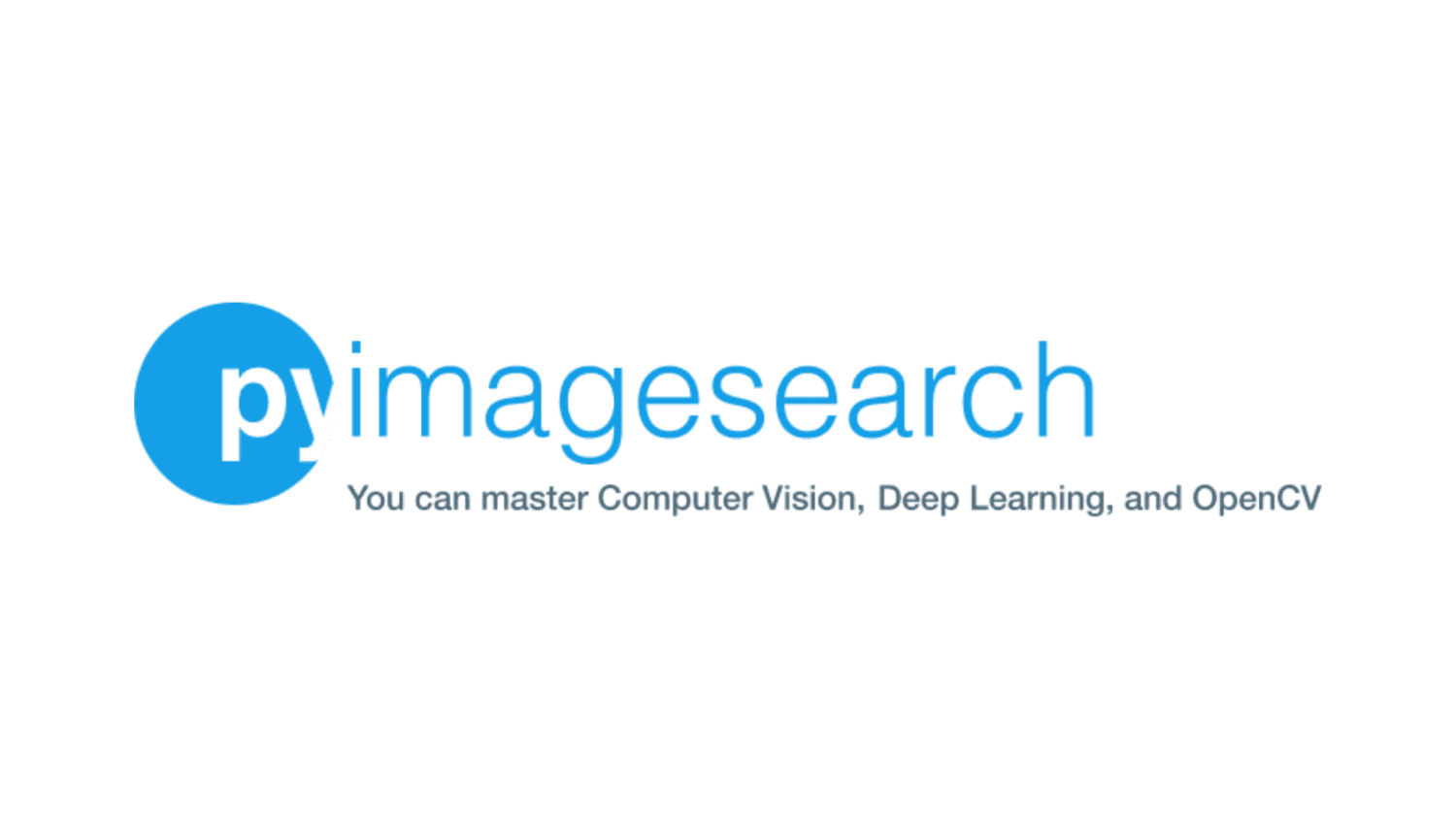
Python 3.10.5 is available
The latest bugfix drop for Python 3.10 is here: Python 3.10.5. This release packs more than 230 bugfixes and docs changes, so you surely want to update 🙂 You can get it here:
https://www.python.org/downloads/release/python-3105/
This is the first maintenance release of Python 3.10
Major new features of the 3.10 series, compared to 3.9
Among the new major new features and changes so far:
- PEP 623 – Deprecate and prepare for the removal of the wstr member in PyUnicodeObject.
- PEP 604 – Allow writing union types as X | Y
- PEP 612 – Parameter Specification Variables
- PEP 626 – Precise line numbers for debugging and other tools.
- PEP 618 – Add Optional Length-Checking To zip.
- bpo-12782: Parenthesized context managers are now officially allowed.
- PEP 632 – Deprecate distutils module.
- PEP 613 – Explicit Type Aliases
- PEP 634 – Structural Pattern Matching: Specification
- PEP 635 – Structural Pattern Matching: Motivation and Rationale
- PEP 636 – Structural Pattern Matching: Tutorial
- PEP 644 – Require OpenSSL 1.1.1 or newer
- PEP 624 – Remove Py_UNICODE encoder APIs
- PEP 597 – Add optional EncodingWarning
More resources
- PEP 619, 3.10 Release Schedule
- Report bugs at https://bugs.python.org.
bpo-38605: from __future__ import annotations (PEP 563) used to be on this list in previous pre-releases but it has been postponed to Python 3.11 due to some compatibility concerns. You can read the Steering Council communication about it here to learn more.
And now for something completely different
Strange quarks are the third lightest quarks, which are subatomic particles that are so small, they are believed to be the fundamental particles, and not further divisible. Like down quarks, strange quarks have a charge of -1/3. Like all fermions (which are particles that can not exist in the same place at the same time), strange quarks have a spin of 1/2. What makes strange quarks different from down quarks–apart from having 25 times the mass of down quarks–is that they have something that scientists call “strangeness.” Strangeness is basically a resistance to decay against strong force and electromagnetism. This means that any particle that contains a strange quark can not decay due to strong force (or electromagnetism), but instead with the much slower weak force. It was believed that this was a ‘strange’ method of decay, which is why the scientists gave the particles that name.
We hope you enjoy the new releases!
Thanks to all of the many volunteers who help make Python Development and these releases possible! Please consider supporting our efforts by volunteering yourself or through organization contributions to the Python Software Foundation.
Your friendly release team,
Ned Deily @nad
Steve Dower @steve.dower
Pablo Galindo Salgado @pablogsal




